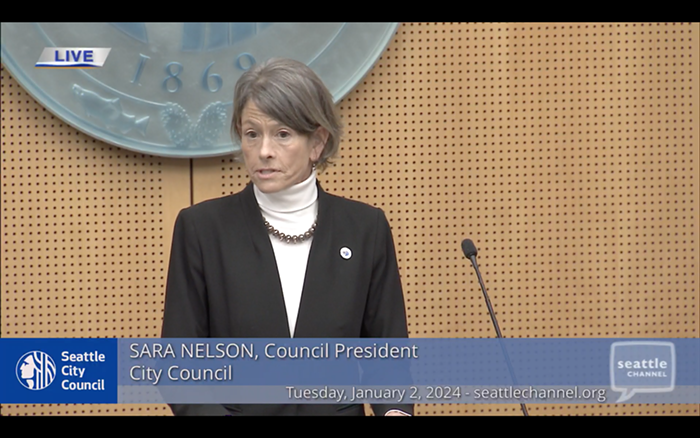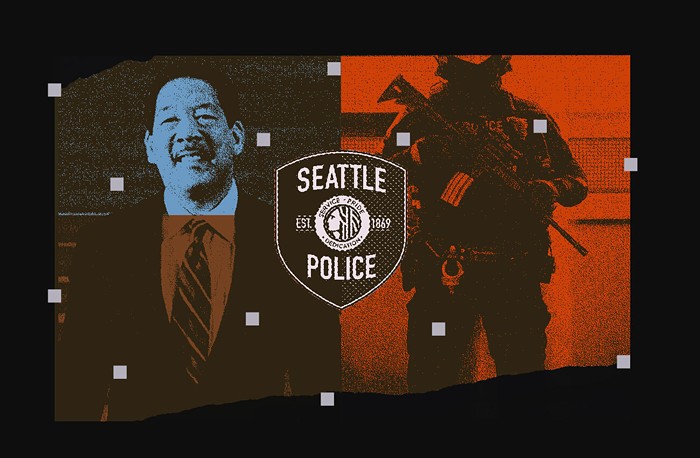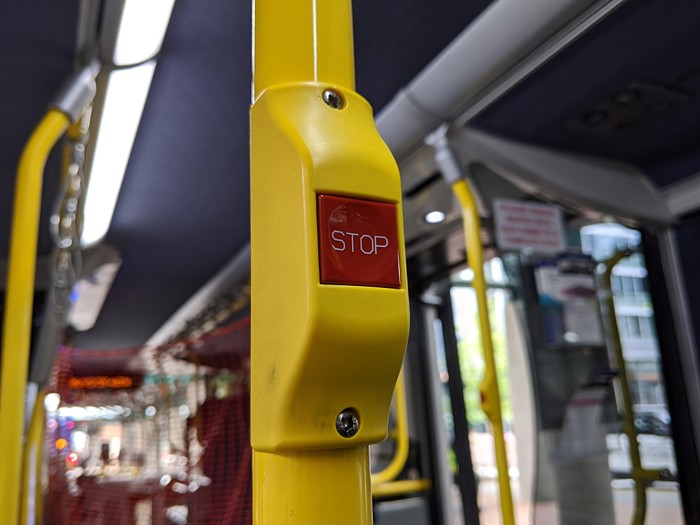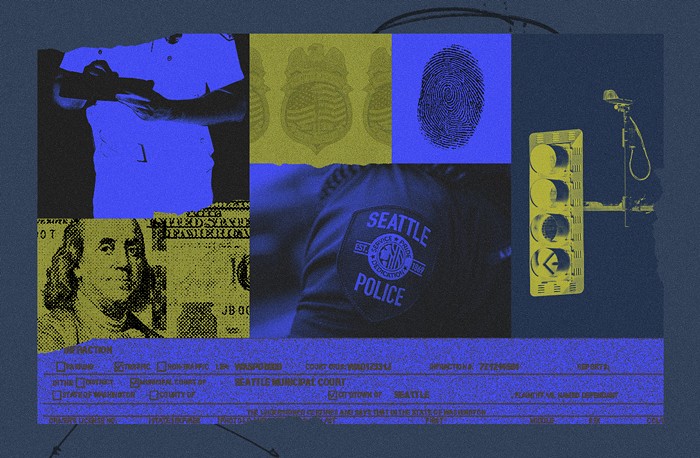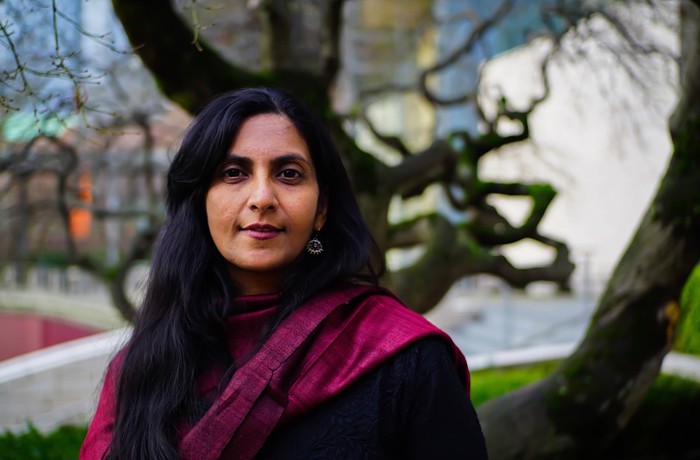
Voters have an important choice this fall about transportation and how to best move Seattle forward and remain a sustainable, livable, and economically competitive city.
The City’s nine-year Bridging the Gap levy expires at the end of this year. When that happens, we will lose roughly $43 million dollars annually from the city’s transportation budget. Without renewed funding, Seattle residents will have fewer transportation options, congestion will get worse, and our roads will fall into even worse disrepair.
Mayor Murray and the City Council have offered a Let’s Move Seattle levy that is a bold and visionary plan to provide people transportation options for today and the future.
Recently, however, the Seattle Times came out in opposition to Let’s Move Seattle. Just like its prior opposition to light rail, the editorial board wrote that, in its view, the levy proposal is a reflection of “City Hall’s urbanist-at-all-costs agenda,” and that the package does not do enough for cars.
This sort of rhetoric is disappointing. Instead of seeking a larger vision of how to make transportation work for everyone, the Times editorial board is subscribing to the same outdated mode-wars of the past. Let’s Move Seattle represents a new integrated transportation plan for the city. Whether you get around by car, bus, bike or foot, the Move Seattle plan invests in you.
The Let's Move Seattle levy—which The Stranger is endorsing—focuses on three priorities with specific projects: maintaining our current infrastructure, investing in transit to ease congestion, and creating safe routes for our most vulnerable users.
First, Let’s Move Seattle fixes what we have. It will fund seismic retrofits to 16 of our most vulnerable bridges and replaces our last wood timber bridge. More than 225 blocks of sidewalk will be repaired, 180 miles of our major roads will be repaved, plus 65 locations will receive spot improvements each year.
How long it takes to get to work is a social justice issue. Longer commute times disproportionately affect those working families with low-incomes. Longer commute times mean higher costs for childcare, they mean more anxiety, they mean higher fuel costs, and less time spent earning a living wage. Investments like Let’s Move Seattle will help contribute to livable, economically diverse communities where it takes people less time to get to their source of employment.
To reduce congestion, the plan makes major investments in transit with seven new RapidRide bus rapid transit corridors in Roosevelt, Ballard, Central District, Rainier Valley, Delridge, Madison and Northgate. The plan leverages recent increases in new bus service by making transit faster and more reliable. It creates new light rail connections with funding for a Northgate light rail pedestrian bridge and a new Graham Street station in the Rainier Valley. We know these investments work. Over the last four years, the number of jobs and commuters into the center city has increased while the number of car trips has stayed essentially flat. What’s more, transit ridership has reached an all-time high.
The levy makes us all safer. It builds 150 blocks of sidewalks, and completes safety corridor projects to help us reach our Vision Zero goal of zero traffic deaths and serious injuries. It funds the Bicycle Master Plan—adding 50 miles of protected bike lanes and 60 miles of greenways.
We get all of this for about $12 more per month for the median value home.
The Times editorial dismisses these investments, writing, “Move Seattle is more focused on the urbanist agenda focused on transit, walking, and cycling as a way to unkink Seattle traffic.”
Well, if we want to reduce congestion we do need to increase transit and expand the range of convenient transportation options. Our city’s streets were built for the past and the reality is we physically cannot expand our roads to move more people. As our transportation mix shifts, we need to modernize our streets and invest in transit to increase the efficiency of our existing street grid.
To be a sustainable city with livable neighborhoods that are affordable to all, we must give people transportation choices to get them where they need to go. People want to live and work here because Seattle is a desirable, inclusive, and culturally vibrant place.
The levy was developed with input from thousands of Seattle residents. It is based on the bike, pedestrian, and transit plans that have been broadly vetted by the public over the last few years.
As the levy was being developed last spring, we heard loudly from the public that people wanted more transportation choices, not less. Whether it was Ballard or Rainier Beach, everywhere we went, people wanted more transportation improvements. They wanted more sidewalks, more repairs to our roads and more transit.
Let’s Move Seattle is accountable. There are specific projects with clear commitments. Thanks to a new online Capital Projects Dashboard, the information for levy projects will be transparent and easily accessible by the public.
Finally, the Times bristles at the size of the levy, yet calls for the inclusion of a single transportation project that alone is estimated to cost $300 million. The Times cannot have it both ways, wanting a smaller, cheaper levy AND demanding that it include bigger, more expensive projects.
We are faced with a choice. What type of city do we want to be? A city that rises to the challenge and makes bold choices? A city with an equitable transportation system that works for all users? If the answer is yes, then Let’s Move Seattle is the right plan and I hope you will join us in voting yes on Proposition 1 November 3rd.
Brady Walkinshaw represents the 43rd legislative district in Olympia. Joe Fitgibbon represents the 34th legislative district.

